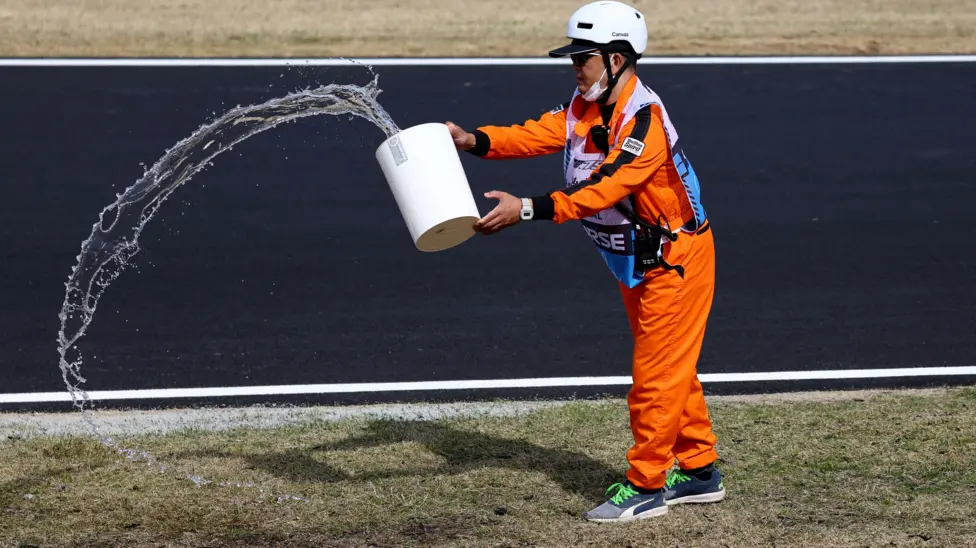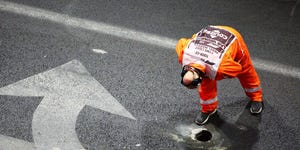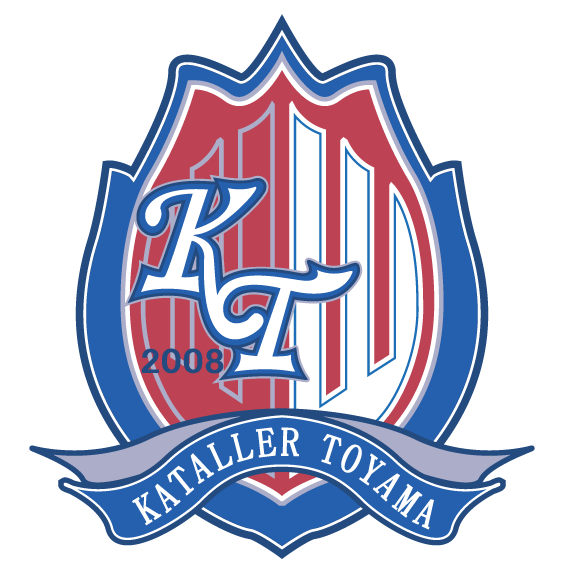
F1 Officials Hope Rain Will Solve Grass Fire Issues at Suzuka
F1 Officials Hope Rain Will Solve Grass Fire Issues After Five Red Flags
It’s not the usual problem you expect to face during a Formula 1 weekend, but at Suzuka this year, dry grass has taken center stage. Sparks from the titanium skid blocks beneath the cars have ignited patches of brittle grass around the high-speed circuit, forcing five separate red flags across practice and qualifying. With the Japanese Grand Prix just hours away, F1 officials are banking on one thing to calm the chaos: rain.
A wet weather front is forecast to roll through in the early hours of Sunday morning, and for the FIA and local organizers, it can’t come soon enough. Their hope? That the rain will naturally dampen the problem without further intervention. If the skies stay dry, though, they’re prepared to go back to the hoses.
F1 Officials Hope Rain Will Solve Grass Fire Issues Without Pre-Emptive Burns
The FIA has looked into all options, including one extreme measure—controlled burns of the driest patches of grass before the race. But officials have so far ruled this out. The risks are too high, both in terms of safety and aesthetics. Imagine blackened burn scars around the iconic corners of Suzuka, and you start to understand why the idea didn’t gain traction.
“It’s not something we want to do unless absolutely necessary,” an FIA spokesperson said. “There are environmental factors to consider, and also the look of the circuit. We’re not just thinking about the fire risk, but how we manage it responsibly.”
Instead, track crews have been busy manually soaking key sections of grass between sessions. These areas are typically those near fast corners—like the infamous 130R—where sparks from the bottom of the cars are most likely to fly. The theory is simple: wet grass doesn’t burn.
F1 Officials Hope Rain Will Solve Grass Fire Issues Before Sunday’s Race

F1 Officials Hope Rain Will Solve Grass Fire Issues Before Sunday’s Race
Saturday’s qualifying session was interrupted once again when flames broke out at the exit of 130R—a 200mph left-hander that demands absolute commitment. The session had to be red-flagged for a fifth time this weekend while marshals scrambled to extinguish the blaze.
Even before qualifying, fire crews were called into action multiple times across Friday and Saturday. During FP2, two fires broke out in rapid succession, prompting the FIA to implement precautionary watering of the driest and most fire-prone areas. That same strategy continued into Saturday’s FP3, where crews used more water in hopes of dousing the threat entirely. But by qualifying, fire number five made it clear that wasn’t quite enough.
F1 Officials Hope Rain Will Solve Grass Fire Issues After Dry Spell
One of the root causes of this issue is unseasonably dry grass. Though temperatures have hovered around 13 to 15 degrees Celsius throughout the weekend, this isn’t Japan’s rainy season. That comes in summer, and right now, the grass surrounding the 3.6-mile track is extremely dry.
Combine that dryness with the heat and sparks produced by the high-speed running of modern F1 machinery, and you’ve got a recipe for spontaneous fires. The titanium skid plates—a safety feature that prevents the car’s floor from bottoming out at high speeds—are creating hot sparks as the cars compress through the corners and hit the track surface.
“It’s something we didn’t expect to be dealing with,” one senior team engineer said. “You prepare for weather, for track limits, for mechanical issues. You don’t normally factor in brush fires.”
F1 Officials Hope Rain Will Solve Grass Fire Issues Without Impacting the Race

F1 Officials Hope Rain Will Solve Grass Fire Issues Without Impacting the Race
Despite the chaos during practice and qualifying, there’s still optimism that the race itself will run smoothly. Max Verstappen, who stormed to pole in a thrilling final session, acknowledged the challenge but believes the rain will handle it.
“It will rain overnight and that will help. The grass is very dry and I guess with the sparks it can ignite,” Verstappen said. His main rival, McLaren’s Oscar Piastri, who will start third on the grid, echoed that sentiment: “With the rain overnight, I don’t think it will be as much of a problem.”
Still, there’s an air of unpredictability. Weather forecasts have been known to shift rapidly in Japan, especially near the coast. If the rain comes late, or misses the circuit altogether, teams could find themselves once again pausing for unplanned fire extinguishing.
F1 Officials Hope Rain Will Solve Grass Fire Issues and Keep Focus on Racing
At the end of the day, everyone wants the same thing: a clean race. For the FIA, that means shifting the narrative away from flaming trackside grass and back to what matters—racing.
Sunday’s race has all the ingredients of a classic. Verstappen looks back to his dominant best, Lando Norris is snapping at his heels, and Ferrari are still in the mix. But no one wants another red flag due to a blaze outside the racing line.
As the sport continues to push technological boundaries and as circuits evolve to accommodate modern machinery, unexpected challenges like this are bound to pop up. What matters is how quickly officials respond. In this case, a bucket of water and a lot of patience may be all that’s needed.
So, here’s hoping the skies open up, the grass stays damp, and we get to enjoy what we’re all really here for: wheel-to-wheel racing at one of the most beloved tracks in the world.


















































































There are no comments yet. Be the first to comment!